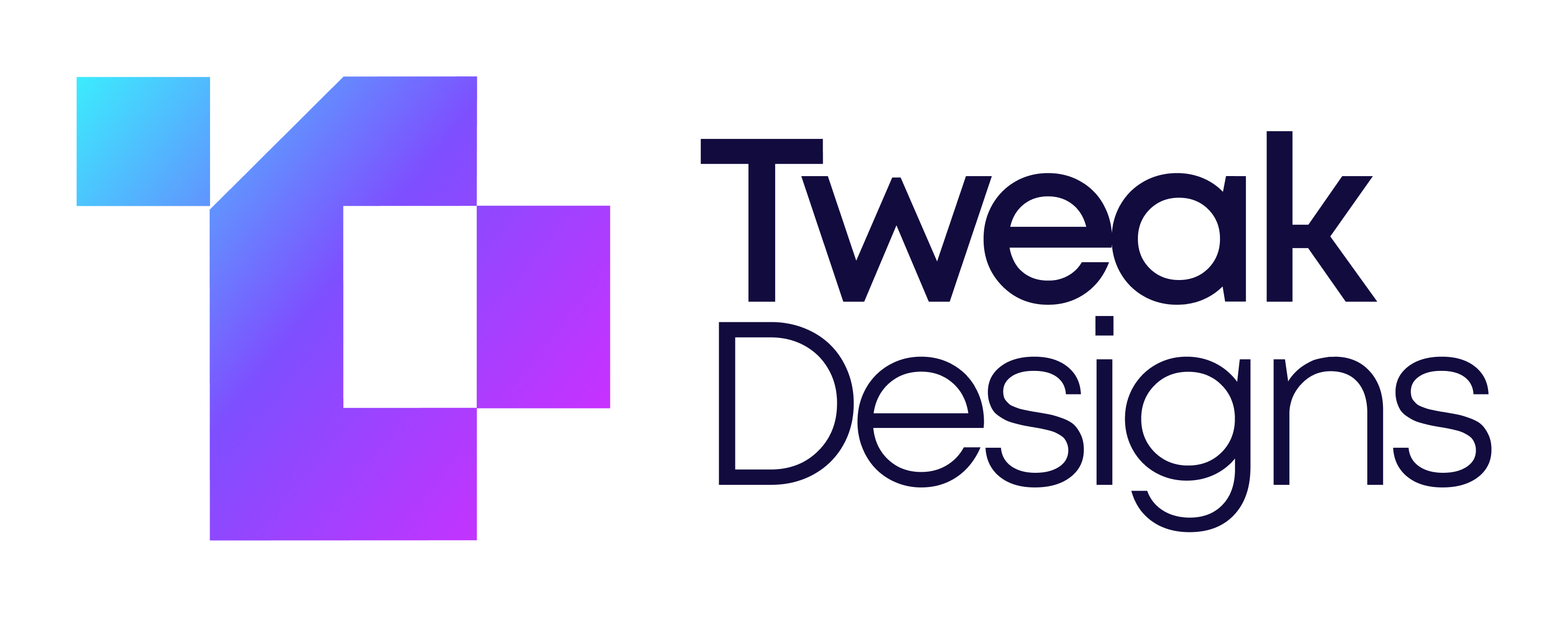Image Lazy Loading for Website Optimization

Nehal Chavada
SEO
Sep 8, 2023
Discover the importance of image lazy loading for website optimization and learn how to use it today! Get all the details you need with this comprehensive guide.

Image lazy loading is a powerful SEO optimization tool that helps to speed up your Webflow website's loading time, improve user experience, and boost search engine rankings. In this guide, we'll explain how image lazy loading works and how you can implement it on your Webflow site today.
What Is Image Lazy Loading?
Image lazy loading is an optimization technique that loads images only when they become visible in a user's browser window. This speeds up your website's loading time by only loading the content that's immediately needed, which reduces the amount of data transferred and improves the user experience.
How Does Image Lazy Loading Improve Website Performance?
Image lazy loading can greatly improve website performance by reducing the amount of data transferred and downloaded, which translates into faster page load times. By only loading images that are immediately visible in a user's viewport, the total number of requests to the server is reduced, leading to improved overall site performance. Additionally, it allows users to interact with content faster since the content doesn't need to be fully loaded before they can start viewing it.
Using Image Lazy Loading for SEO Benefits
Image lazy loading can improve SEO by allowing search engine crawlers to quickly scan your website and all its content. Search engine crawlers can recognize the improved content visibility due to image lazy loading, resulting in a faster crawling process, better search engine rankings, and higher visibility for your website. Additionally, it provides a better user experience since images are not immediately loaded but only when visible in a user's viewport. This makes browsing your website more efficient as users don’t need to wait for images to load before looking at other parts of the page.
The Best Practices for Implementing Image Lazy Loading
Implementing an image lazy loading strategy can help your page load faster, provide a better user experience, and improve SEO. Here are some best practices for image lazy loading that you should follow.
First, set up the HTML tags of each image that you want to use on your website with a specific class or ID. This will serve as a reference point when creating the code for lazy loading images. Additionally, use high-resolution images only when they’re visible in viewport or in focus, as lower-resolution versions will be loaded first and then be replaced once they are visible.
Finally, use libraries such as LazyLoad or LazySizes to help implement and manage image lazy loading.
Evaluating the Impact of Image Lazy Loading on Your Site
Using image lazy loading can have a positive effect on your website performance. Loading high-resolution images properly can result in faster page speeds, an improved user experience, and ultimately better SEO rankings.
Evaluate the impact of these changes by using tools like Google PageSpeed Insights or WebPageTest to check page speed before and after implementing an image lazy loading strategy.
Additionally, you can use web analytics tracking code to measure how much time users spend on different pages and track their bounce rates in order to assess the overall improvements in user engagement since employing the lazy loading process.
Top Free Online Image Optimization Tools
Tiny png: https://tinypng.com/
Squoosh app: https://squoosh.app/
Image Compressor: https://imagecompressor.com/
JPEGmini: https://www.jpegmini.com/
Imagify: https://imagify.io/
Conclusion
there are multiple aspect to consider when it comes to Webflow website speed and performance. Check out our 7 ways to increase Webflow website speed and performance article.



